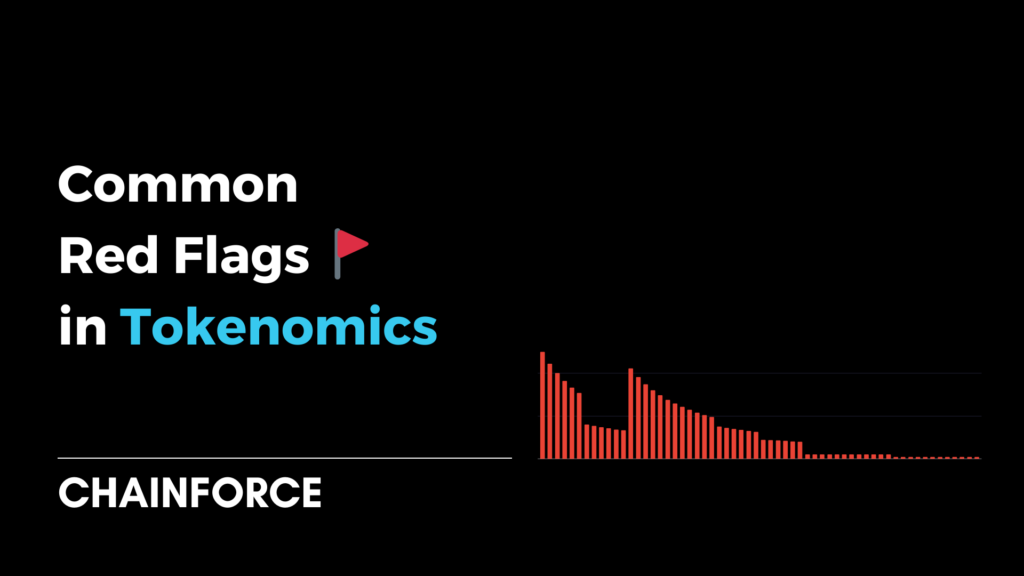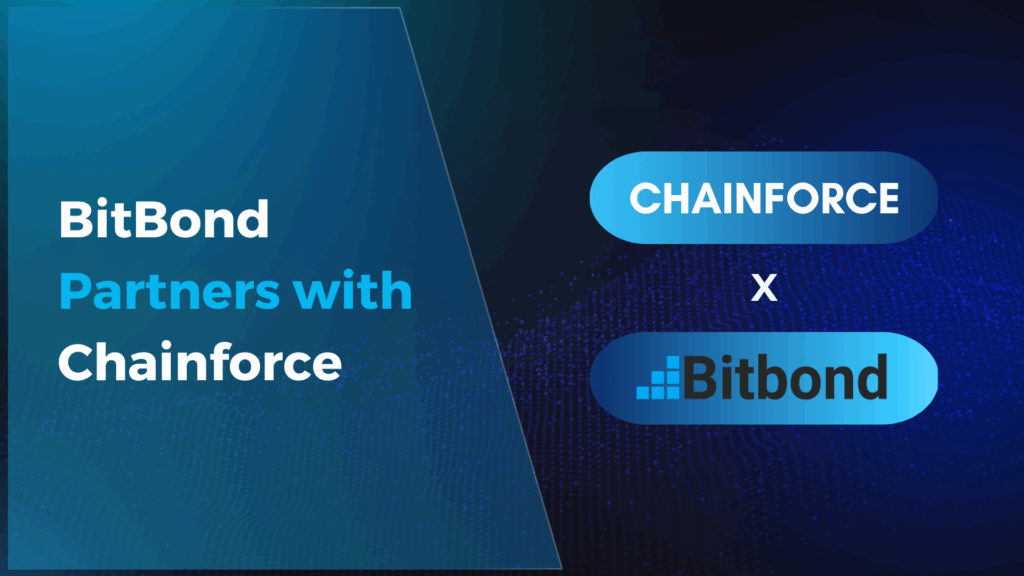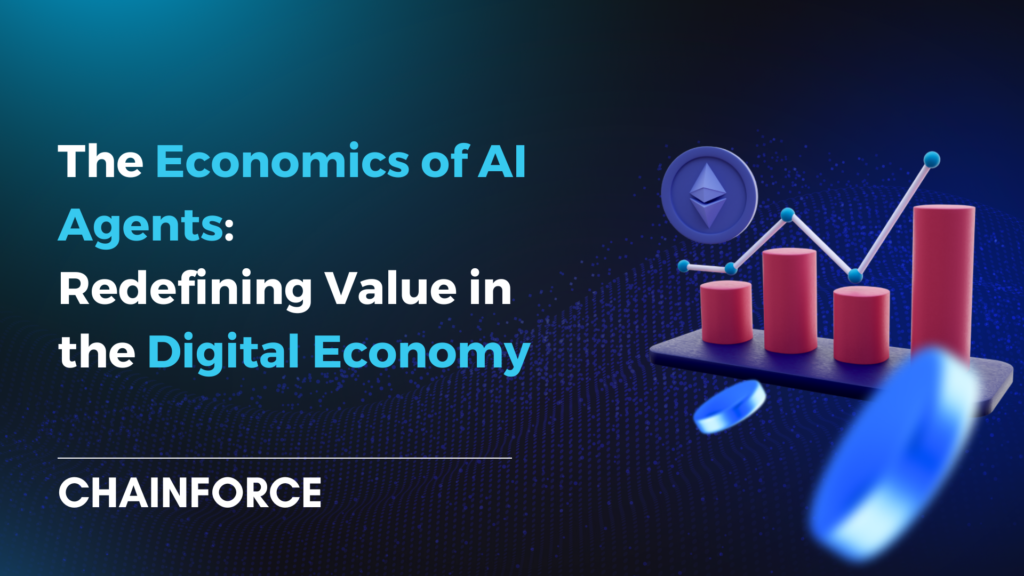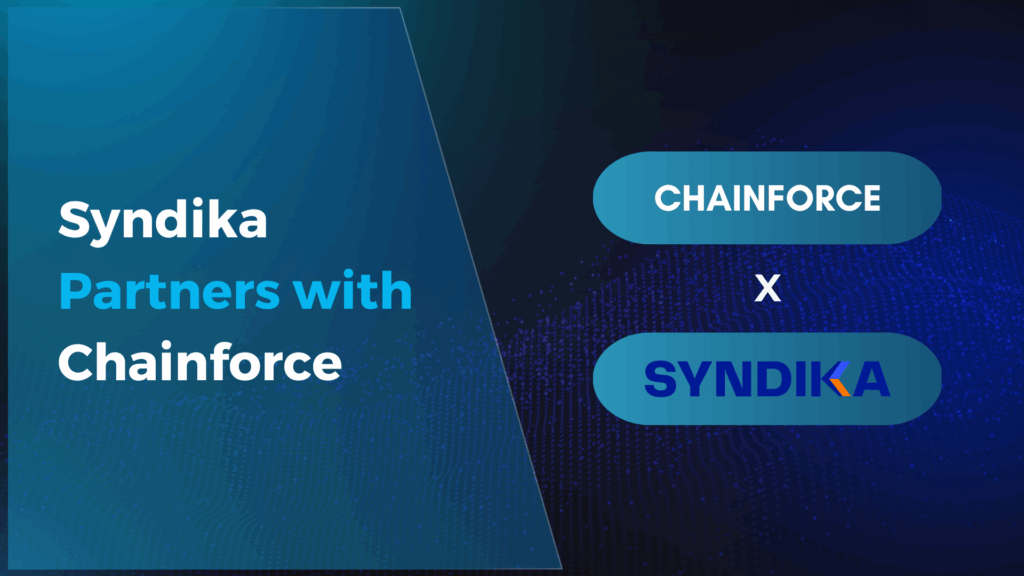As the cryptocurrency landscape evolves, Founders and Investors face complex tokenomics models and a growing number of potential risks. Success in this space requires a keen eye for detail, strategic thinking, and a deep understanding of the factors influencing a token’s long-term viability.
In this guide, we’ll explore the critical red flags to watch out for in tokenomics, empowering you to make informed and confident decisions. From token supply mechanics to leadership integrity, we’ll cover the essential elements every investor should evaluate.
Unlimited Token Supply: The Inflation Dilemma
Tokens with unlimited supply may initially seem appealing due to their perceived accessibility. However, they often carry significant risks. In traditional economics, scarcity drives value, and the same principle applies to cryptocurrencies. Without a supply cap, tokens are vulnerable to devaluation caused by excessive issuance, similar to the consequences of unchecked fiat currency printing. Ethereum, for instance, operates without a fixed supply limit but employs mechanisms like EIP-1559 to burn a portion of transaction fees, mitigating inflationary effects. In contrast, Dogecoin’s infinite supply model results in consistent annual inflation, which can dilute long-term value. When analyzing token supply, it’s crucial to examine whether the project has a controlled emission schedule, any anti-inflation mechanisms, and a transparent strategy to manage supply dynamics.
Unequal Token Distribution: The Risk of Concentration
Unfair token distribution often centralizes power in the hands of a select few, increasing the risk of market manipulation. When a significant percentage of tokens is concentrated in a handful of wallets, those holders wield disproportionate influence over the token’s price and liquidity. This imbalance can result in sharp market fluctuations and erode investor confidence. A well-designed distribution model allocates tokens equitably among developers, early adopters, and retail investors. Projects should aim for transparency in their allocation strategies, ensuring that no single party can dominate the market. Tools like Etherscan can provide insights into token distribution, helping investors identify potential red flags related to concentration.
Inflationary Token Models: A Slippery Slope
Inflationary tokens increase their circulating supply over time, which, without counterbalancing mechanisms, can devalue the asset. While some projects incorporate deflationary measures, such as Binance’s quarterly token burns, others may lack such safeguards. Investors must assess whether a project has a transparent and sustainable emission model, as well as mechanisms to counteract the dilutive effects of inflation. Unchecked inflation can undermine long-term investor confidence and discourage holding, limiting the project’s growth potential.
Supply Shocks: Unpredictable Risks
Supply shocks occur when unforeseen events disrupt token availability, causing sudden and dramatic price shifts. These shocks can stem from large-scale token unlocks, changes in vesting schedules, or unexpected project developments. For example, if a significant number of tokens are unlocked and sold simultaneously, it can flood the market and drastically reduce prices. To minimize exposure to such risks, investors should carefully examine token release schedules, team vesting agreements, and any updates to project roadmaps. Transparency in these areas is critical for maintaining investor trust.
Liquidity Concerns: Exit Challenges
Liquidity is a fundamental factor in tokenomics, as it determines how easily a token can be converted into a stable coin like USDT, USDC, DAI, or another more liquid token like ETH, BNB, or SOL without causing significant price slippage. Low liquidity creates a precarious environment where large sell orders can trigger sharp price drops. Projects with healthy liquidity often have substantial trading volumes, broad exchange listings, and active community engagement. Before investing, it’s essential to analyze the token’s trading activity, daily volume, and overall market depth to ensure a stable liquidity profile.
Investor Dilution: The Hidden Trap
Investor dilution occurs when early backers, who acquired tokens at significantly lower prices, offload their holdings once the token becomes publicly tradable. This flood of tokens into the market can suppress prices and shake investor confidence. Effective tokenomics design addresses this risk through structured vesting schedules and incentive alignment between early and late investors. Projects should clearly communicate their token release timelines and ensure that early investor behavior doesn’t undermine the token’s long-term value.
Evaluating the Credibility and Expertise Behind the Project
A project’s success heavily depends on the credibility and expertise of its team. Anonymous teams, while not inherently malicious, make it difficult to verify qualifications, track records, and accountability. Investors should prioritize projects with transparent leadership structures, where team members’ credentials and past achievements are publicly accessible. A strong leadership team inspires confidence, especially when backed by a history of successful ventures in blockchain or related industries.
Token Utility and Real-World Applications
Token utility is a cornerstone of sustainable tokenomics. A token’s value should not rely solely on speculative trading but should be driven by its practical applications within its ecosystem. Whether used for transactions, governance, or platform access, a token’s utility determines its long-term relevance. On the other hand, overpromising features, such as guaranteed returns or unrealistic timelines, often signal underlying weaknesses in a project. Investors should carefully evaluate white papers, roadmaps, and the feasibility of promised functionalities.
Centralization and Governance Risks
Centralized control poses risks to blockchain projects, as it undermines transparency and increases the likelihood of manipulation or single points of failure. Projects overly reliant on third-party services may also face operational disruptions if those entities encounter issues. Decentralization ensures that decision-making power is distributed among stakeholders, reducing systemic risks and fostering resilience.
Transparency and Documentation
A well-structured white paper is a critical indicator of a project’s legitimacy. Clear, concise, and comprehensive documentation should outline tokenomics, technical architecture, and long-term goals. Additionally, open-source code enables independent verification and fosters trust within the developer community. Closed-source projects or poorly audited codebases present heightened risks and should be approached cautiously.
Marketing and Hype Management
While effective marketing is essential for project visibility, excessive hype or reliance on celebrity endorsements can indicate a focus on short-term gains rather than long-term sustainability. Investors should look for projects that emphasize organic community growth and transparent communication over artificial buzz generated by bots or paid promotions.
Final Thoughts
Navigating the world of tokenomics requires vigilance, knowledge, and critical analysis. By understanding common red flags, assessing leadership integrity, evaluating token utility, and leveraging research tools, investors can reduce risks and make informed decisions. In a rapidly changing digital asset space, staying informed and discerning is the key to sustainable success.
If you’re looking to craft a successful token launch strategy and need tailored tokenomics solutions, book a meeting with Chainforce’s experts for personalized guidance to elevate your project to the next level!



